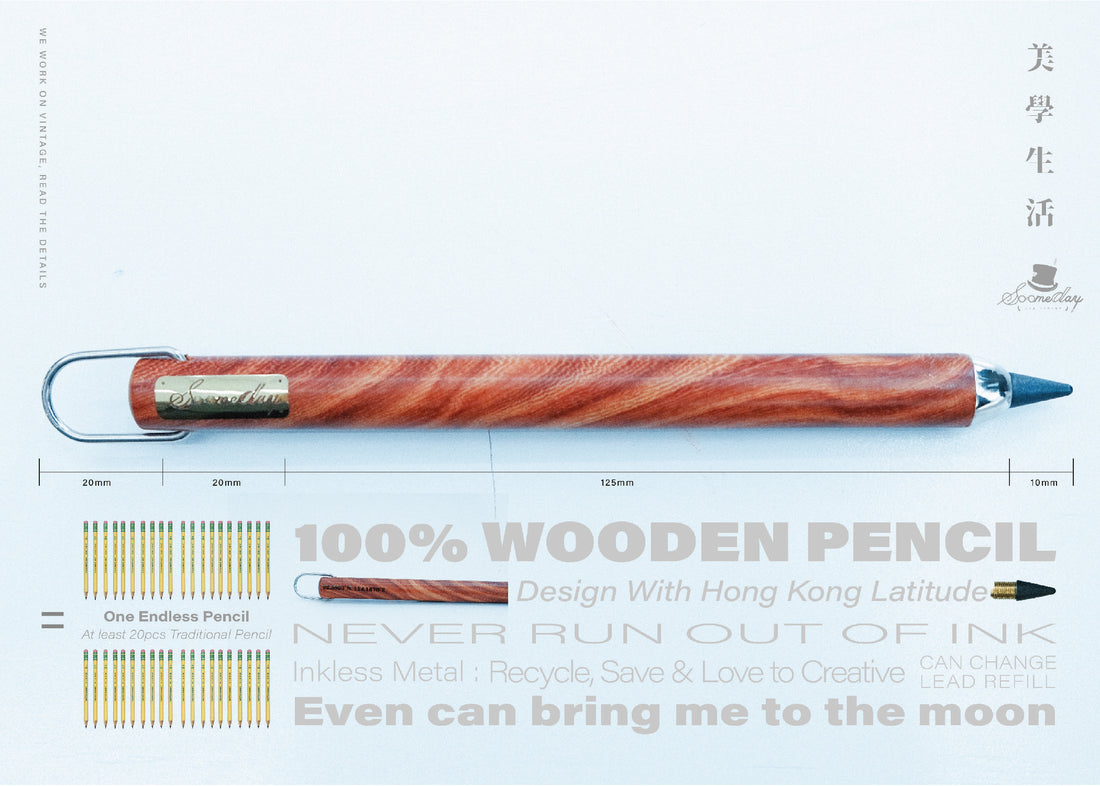About A Pencil History?

The modern pencil was invented in 1795 by Nicholas-Jacques Conte, a scientist serving in the army of Napoleon Bonaparte. The magic material that was so appropriate for the purpose was the form of pure carbon that we call graphite. It was first discovered in Europe, in Bavaria at the start of the fifteenth century; although the Aztecs had used it as a marker several hundred years earlier.
Initially it was believed to be a form of lead and was called ‘plumbago’ or black lead (hence the ‘plumbers’ who mend our lead water-carrying pipes), a misnomer that still echoes in our talk of pencil ‘leads’. It was called graphite only in 1789, using the Greek word ‘graphein’ meaning ‘to write’. Pencil is an older word, derived from the Latin ‘pencillus’, meaning ‘little tail’, to describe the small ink brushes used for writing in the Middle Ages.
The Very First Pencil In The World
The strange thing about graphite is that it is a form of pure carbon that is one of the softest solids known, and one of the best lubricants because the six carbon atoms that link to form a ring can slide easily over adjacent rings. Yet, if the atomic structure is changed, there is another crystalline form of pure carbon, diamond, that is one of the hardest solids known.
Someday Stationery Re-design the Classic
It doesn't require sharpening or refills, the Inkless Metal Pen is an amazing gift for artists or doodlers. Its "ink" is solid, so it will never leak, and it can be used upside down or under extreme conditions.


